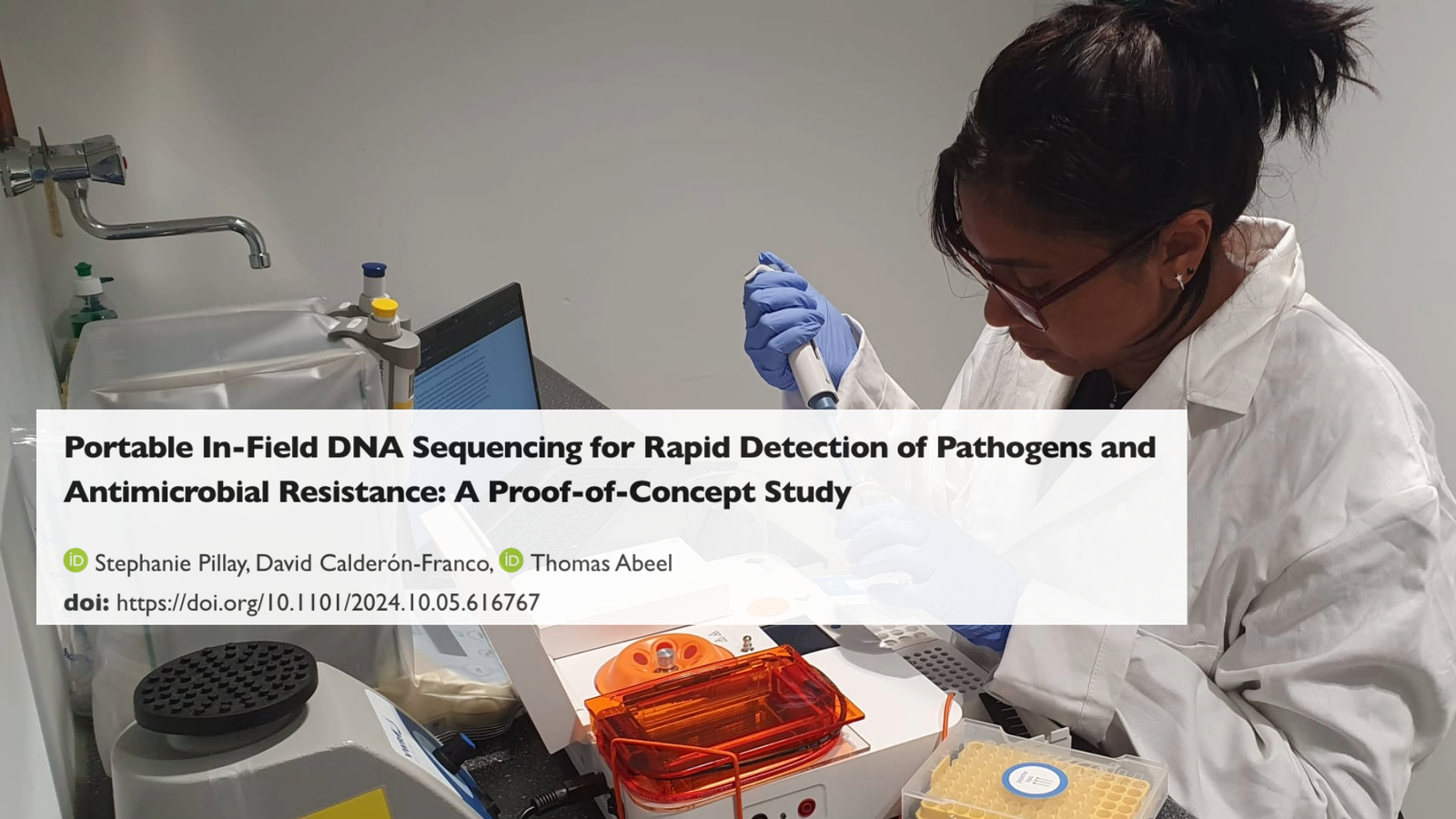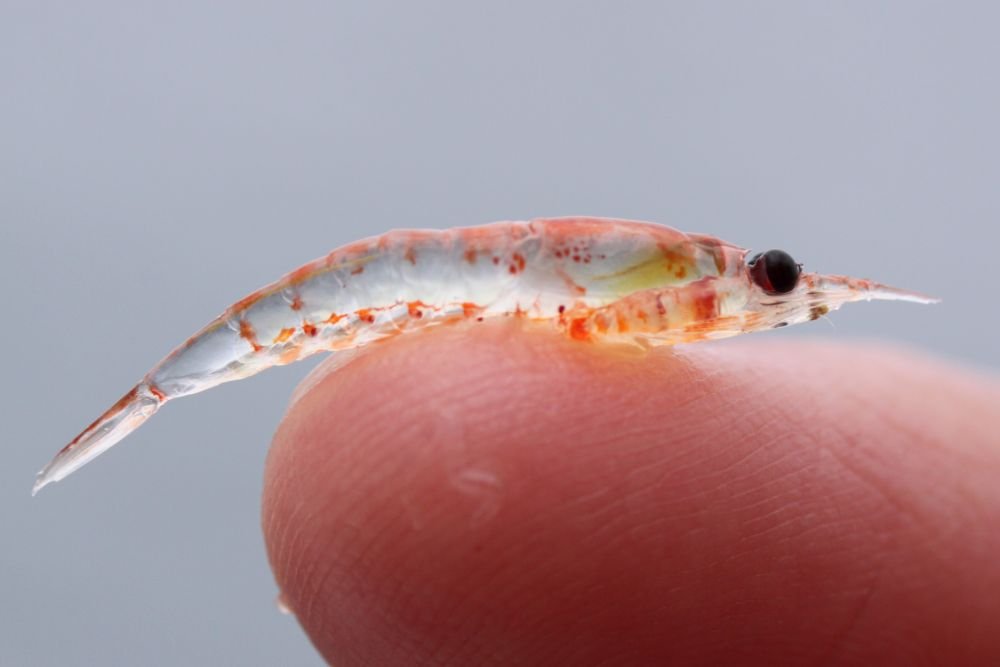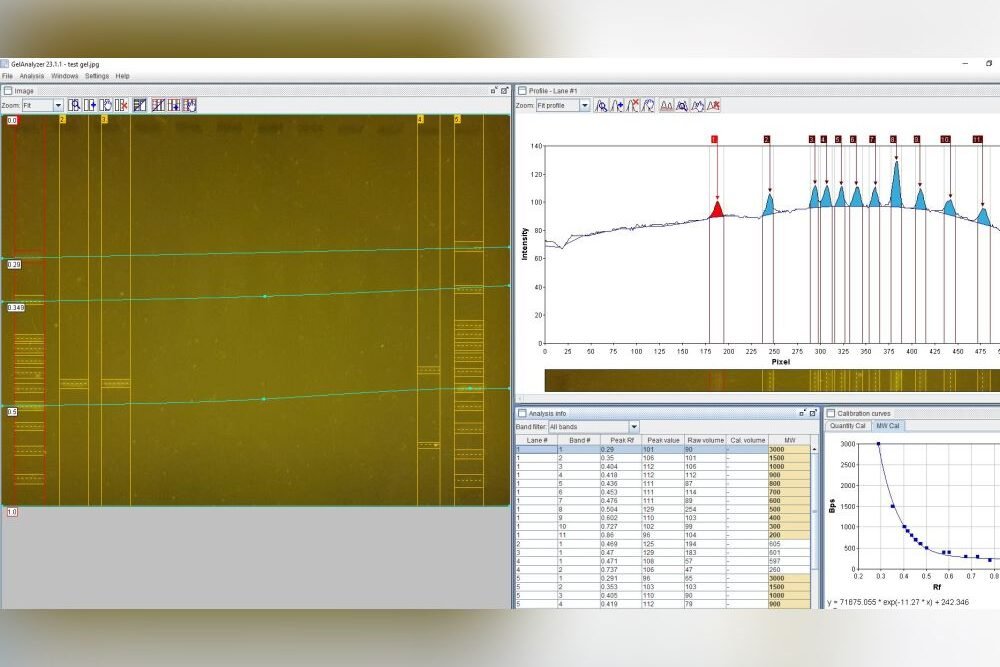Hey PCR enthusiasts!
Here are some recent highlights from Bento Lab.
Bento Lab in the Field
An eDNA suitcase laboratory for WAMBA-NET
We were really happy to see a Twitter/X post by Ouattara Koffi Nouho (@OuattaraKoffiN1) demonstrating his “suitcase eDNA laboratory /DNA barcoding lab in a backpack” (featuring Bento Lab and Oxford Nanopore MinION) to participants of the West African Marine Fish DNA Barcoding Network (WAMBA-NET).
It’s great to see so many participants from different countries coming together to pool knowledge and resources in fish DNA barcoding and eDNA studies to help the study, management, and conservation of West African marine biodiversity!
You can read more about the important and exciting work that WAMBA-NET is doing here.
“Setting up a suitcase eDNA Laboratory/Lab in backpack for barcoding : MinION sequencing”. Wonderful week sharing my experience with WAMBA NET (West African Marine Fish DNA Barcoding Network) participants from Cameroon; CI ; Ghana ; Mauritania ; Nigeria ; Sénégal and France. Sept 19, 2023
Interested in DNA methods and workflows? Subscribe for monthly insights.
Methods and Techniques
If your PCR isn’t working, try diluting your DNA extracts
One simple method we regularly suggest to members of our community who are faced with PCR failures is to try diluting their DNA extracts by 10x to 50x prior to PCR.
It may seem counter-intuitive at first, but PCR inhibitors present in extracts are often the cause of PCR failure. Dilution can reduce PCR inhibitors to non-inhibitory levels, but still leave enough DNA left to act as a template for PCR.
Kemp et al. (2020) provides a good example of how effective DNA extract dilution can be. The authors were trying to amplify DNA from archeological fish bones that were several hundred years old – a very challenging tissue type!
A first PCR pass with undiluted DNA extracts followed by a second pass with 1/10 diluted extracts allowed a large improvement in amplification results. This article also described two other methods that also worked well – “rescue PCR” in which reagent concentrations are increased by 25%, and using a proprietary PCR enhancer called “PEC-P”.
Methods and Techniques
Extract DNA by heating at 98 °C in phosphate-buffered saline
We’re always on the lookout for simple and effective DNA extraction methods to try with Bento Lab, and here is another one for invertebrates, blood, dried blood spots, and feathers (and maybe more?)!
Phosphate-buffered saline (PBS) is a safe, cheap, and easy-to-make salt solution that maintains pH and osmotic pressure (you can find some recipes here). Surprisingly it also appears to be a good buffer in which to heat certain types of tissues to 98 °C to release DNA for PCR.
Jangra & Ghosh (2022) (open access) found this method to be very useful for a wide range of soft-bodied invertebrate species such as aphids, thrips, and whitefly. Squashing a small invertebrate in either PBS and sterile distilled water worked well to produce a crude amplifiable DNA extract, but PBS was more effective in preventing DNA degradation over time.
Thongjued et al (2019) (subscription only) also used PBS heat extractions successfully for a wider range of invertebrates, including insect DNA present in bat pellets. However, their approach did use a PCR inhibitor-resistant polymerase and this may have contributed in part to their sequencing success.
Aslam et al. (2023) (subscription only) reported that heating in PBS is an effective method for extracting DNA from whole blood, blood spots, and feathers for bird DNA applications such as bird sexing. Their method involves a 2–10 min incubation in PBS at 98 °C of a tiny amount of source material, such as using a 10–50x dilution of whole blood in PBS; 1/6th to 2x 6 mm dried blood spot discs in 50 μL PBS; or 2–5 x 2 mm pieces of feather calamus in 20 μL PBS.
Presumably heating to 98 °C in PBS for 10 minutes is sufficient to extract enough DNA from tissues or blood spots for PCR, and denature any proteins that are released, without co-extracting too many other substances that might inhibit PCR.
If you try any of these methods with Bento Lab, do let us know — we’d love to hear how you got on!


